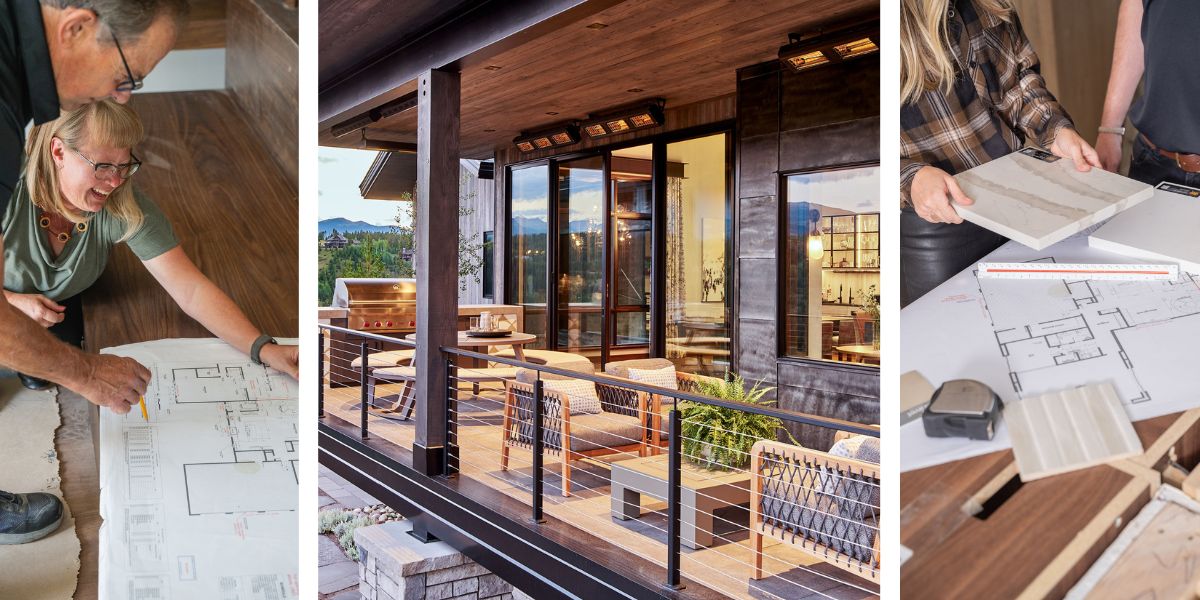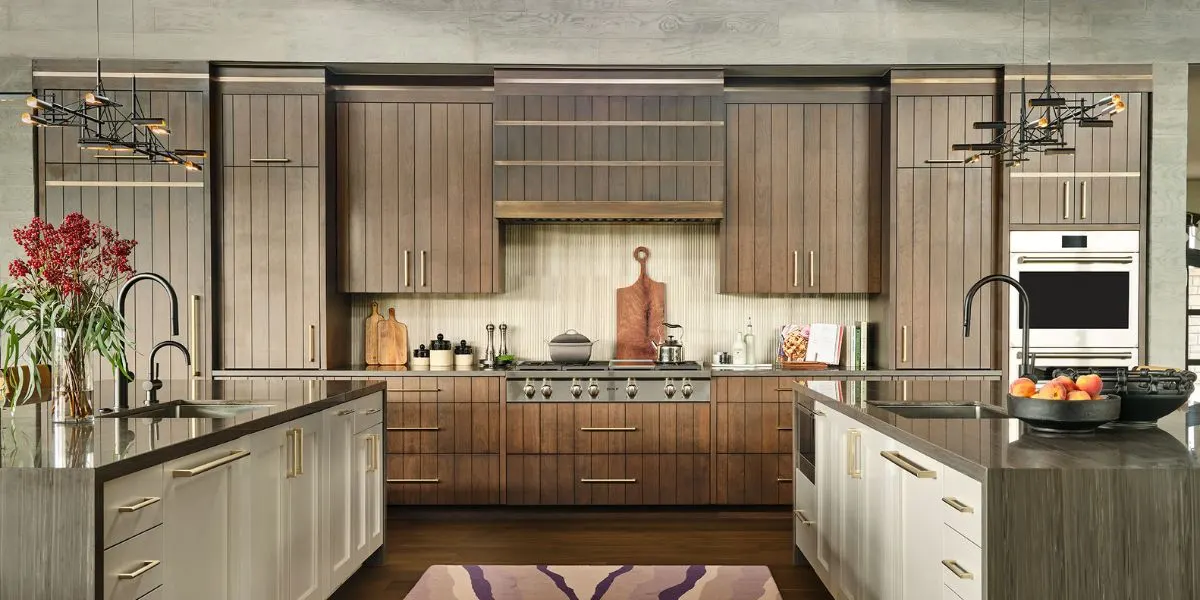You start your day knowing that you’ve chosen a career in which you can’t plan for everything that will pop up. You probably like that, if you’ve been a designer for a while, even though you’re also likely Type A. Most of us are.
What does an Interior Designer do on a typical day?
You greet your team, check your email—all the usual things. Your first appointment is a Zoom call, a pre-programming conversation with prospective new clients. They’re eager to get to know you, and you’re eager to get to know them, too. Designing someone’s home is such a personal endeavor that you must have a natural connection with your clients.
Designers end up working so closely with homeowners, knowing so much about what they love and what they value and how they live, that it makes sense for you to actually like each other. Good news: You have a vibrant, fun conversation with these clients, who need a designer to help them navigate their opposing design styles for their new house. She loves color; he loves neutrals. You’ll help them figure it out.
Next, you pop over to another client’s beautiful historic home, which needs updating in its function and décor. You’ll be there for a few hours, determining the firm’s scope of services on this project. But you’re also there to observe: How do these clients move through the space? What doesn’t seem to work for the way they live? How do they really live?
Nobody told you in design school that 70 percent of your job would be getting to know your clients, and 30 percent is designing and implementing that design, but that’s how it goes—and you love the observation and problem-solving skills required to be good at your job.
It’s clear these clients need more function in their kitchen to satisfy their love of preparing gourmet meals, new interior architectural details to match the home’s bones (a bad renovation by previous owners stripped the interiors of era-appropriate millwork), and a whole new furnishings package that will deliver much more space for guests to dine and relax, day or evening. You leave satisfied and smiling; you share a sense of humor with these clients and genuinely enjoy their company.
As you drive back to the office, you return phone calls. Among them is a woman who’s feeling a little nervous about some bold wallpaper she initially loved for her in-home office. You know from experience that if you waver, she’ll make a more predictable choice. Clients want their interior designers to be confident. You also know from experience (and all the meetings you’ve had with this client) that she’ll be happier with the slightly edgier wallpaper. As you talk through the options one more time, and she remembers why she made her choice, you think about how often being a designer is so often about helping people find the style they love and embrace it.
Back at the office, you brainstorm some solutions with a colleague to a space-planning issue at one of the commercial spaces your team is designing for a local law firm. Even though you both know and use CAD, you feel the itch to hand-draft. You can draw at one-eighth scale, and somehow, working inside that satisfying little space ignites your creative spark in a way no software program ever does.

The day wraps up, and on your way out the door, you grab a stack of home-design magazines to flip through before bed. It’s one of your favorite ways (in addition to traveling) to feed your creative mind, which seems to file away inspiration for just the right moment—which might come tomorrow or a year from now.
Daily Reflection of an Interior Designer
All in all, it was a typical day, if such a thing exists. You’re grateful for this job, which allows you to be right- brained and left-brained, an ideal combination for a creative who loves the jigsaw-puzzle that the best interior designs require.
Add elegance and charm to your Boulder home with Duet Design Group. Our Boulder interior design services deliver results tailored to your unique style and personality

















